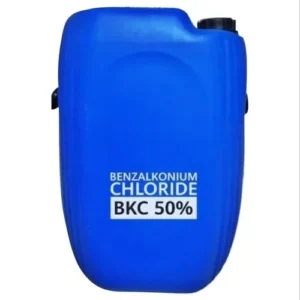Description
- Ricinoleic Acid: The primary fatty acid found in castor oil is ricinoleic acid, which makes up about 85-95% of the oil. This acid has a unique structure, characterized by a hydroxyl group (-OH) on the 12th carbon. This structure gives ricinoleic acid its distinctive properties, including its ability to act as a pigment dispersant and emulsifier. In some applications, ricinoleic acid itself can contribute to coloration due to its yellowish tint.
- Emulsifying Properties: Castor oil can act as an emulsifier, helping to disperse pigments evenly in various mediums. This property makes it useful in pigment formulations where consistent color distribution is necessary.
- Solubility: While castor oil is insoluble in water, it is soluble in alcohol and organic solvents. This solubility can aid in incorporating castor oil-based pigments into different types of paints, inks, and coatings.
- Vehicle for Pigments: Castor oil can serve as a carrier or vehicle for other pigments and dyes, facilitating their application onto surfaces. This is particularly useful in industries such as cosmetics, where castor oil-based formulations can deliver color pigments effectively onto the skin or hair.
- Compatibility with Other Ingredients: Castor oil’s chemical composition allows it to be compatible with various additives, including other pigments and colorants. This compatibility ensures stability and uniformity in pigment formulations.
- Natural and Sustainable: Castor oil is a renewable and biodegradable resource, making it an attractive option for industries seeking natural and sustainable alternatives to synthetic pigments.






Reviews
There are no reviews yet.